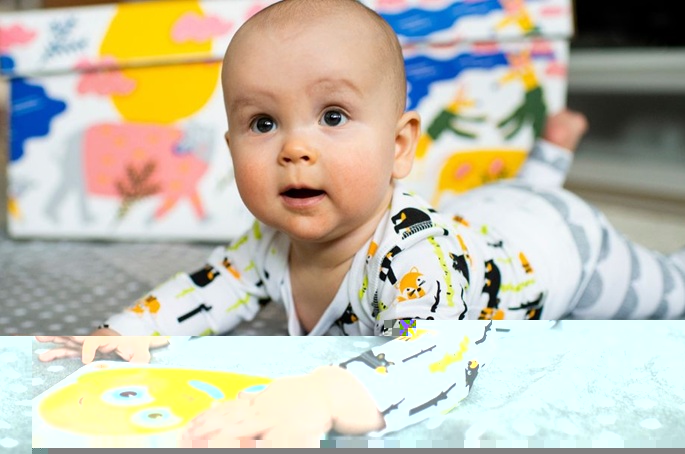Historically low birthrate
Wide range measures proposed to halt falling birth rate in Finland
Published : 31 Mar 2025, 23:58
Updated : 01 Apr 2025, 00:05
The working group on population policy proposed a wide range of measures that are expected to support people in realising their fertility plans and thus halt the falling birth rate.
The working group on Monday submitted its report on “Measures to boost the birth rate and support people to have children’ to Minister of Social Security Sanni Grahn-Laasonen, said the Ministry of Social Affairs and Health in a press release.
The proposals have to do with fertility awareness and treatments, the wellbeing of young people, gender equality in working life, and services and benefits for families with children, among other things.
The report, however, said that there is no clear reason for the recent decline in the birth rate. Therefore, there are no easy ways to halt the declining birth rate, either.
Along with cultural changes, the factors affecting the birth rate include fragile relationships, mental health issues, labour market position, income, coping as a parent and possibilities to reconcile work and family life.
“In Finland, benefits and services for families are relatively good. This means that there aren’t any areas where easy changes can be made. However, all systems require maintenance from time to time, and this is what many of our proposals are about. It is unlikely that any individual measure alone would lead to a sharp rise in the birth rate. But that doesn’t mean we shouldn’t try, because even the smallest thing could make a difference,” said Chair of the working group Liisa Siika-aho of the Ministry of Social Affairs and Health.
Feedback on the memorandum containing the working group’s proposals can be submitted until 7 April to support the relevant consultation event.
The birth rate in Finland has declined rapidly over the past 15 years. In 2024, Finland’s total fertility rate was as low as 1.25. Falling fertility rates are a global phenomenon, but the decline has been exceptionally rapid in Finland since 2010.
The reduction in the size of new age cohorts is reflected in the demographic structure, which challenges the economic and social sustainability of society.
“The birth rate has fallen to a historically low level in Finland, and the decline has been sharper than in the other Nordic countries. We have a fairly big gap between the average ideal and average actual number of children. It is very important to find solutions for narrowing this gap at the level of both individuals and society as a whole,” said Sanni Grahn-Laasonen.
The Minister underscored the need for setting a goal of making Finland the best country in the world for children and families – and for those wishing to have children and a family.
“The working group’s proposals for increasing fertility awareness, improving the availability of infertility treatments, treating miscarriages and fear of childbirth and combating discrimination based on pregnancy leave and family leave, among others, are very much worth supporting,” said the Minister.
While society must adapt to demographic change, it is also important to support people in realising their fertility intentions. This also helps boost the birth rate. In Finland, there is a considerable gap between the average ideal and average actual number of children: the ideal number of children is about 0.6 children higher than the actual number.
The Ministry of Social Affairs and Health launched a population policy project in June 2024 and appointed a working group to compile short-term and long-term measures that both support people in realising their fertility plans and boost the birth rate.
To support the preparation of these measures, the Ministry commissioned a study on the reasons for the declining birth rate and on possible ways to boost it.
The working group on population policy included representatives from the Ministry of Social Affairs and Health, the Ministry of Education and Culture, the Ministry of Finance and the Prime Minister’s Office. It also has representatives from the Finnish Institute for Health and Welfare, the Finnish Institute of Occupational Health, the Finnish Centre for Pensions, the Social Insurance Institution of Finland (Kela) and Statistics Finland.
The term of the working group will end on 30 April 2025.


